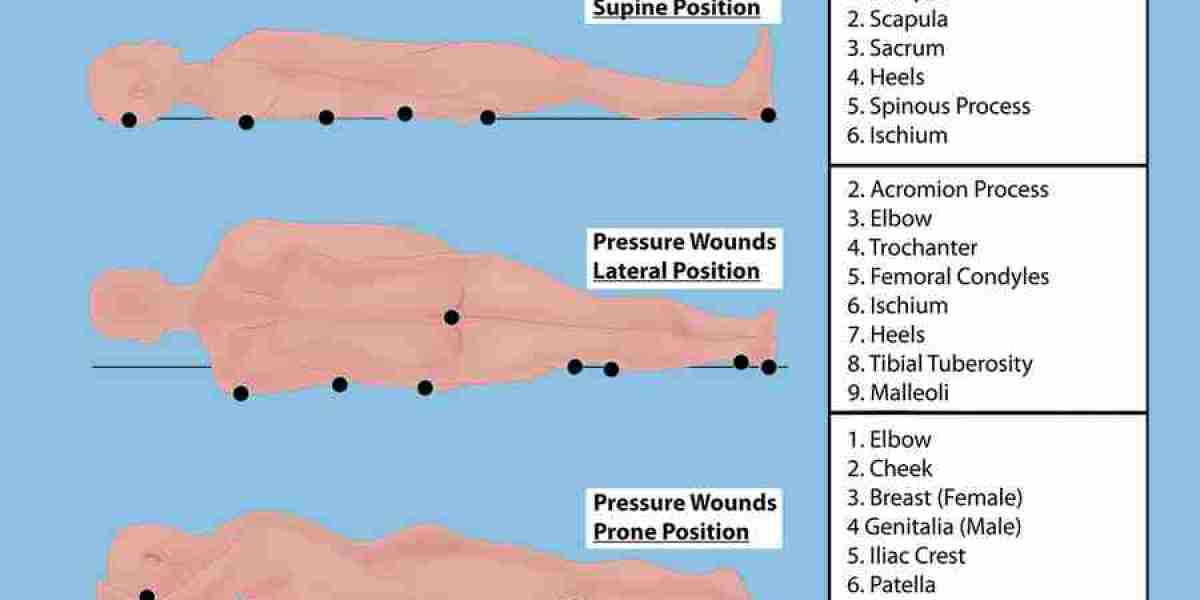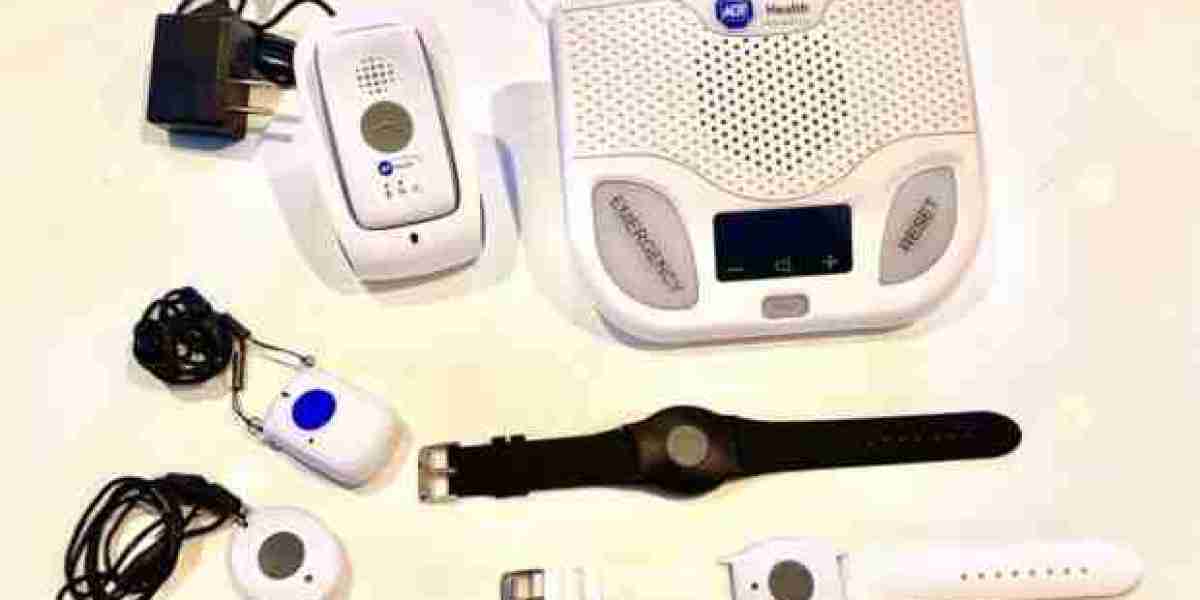Pressure ulcers, non-healing wounds, and chronic wounds are significant healthcare challenges affecting millions worldwide. These wounds not only cause discomfort and pain but also pose severe risks of infection and complications. However, advancements in wound care technologies and treatment modalities are revolutionizing the approach to managing these conditions, offering new hope for patients seeking relief and healing.
Understanding Pressure Ulcers and Chronic Wounds:
Pressure ulcers, often called bedsores or pressure sores, develop when prolonged pressure on the skin leads to tissue damage. They commonly occur in individuals with limited mobility, such as those confined to a bed or wheelchair. Chronic wounds, on the other hand, are wounds that do not follow the typical healing process within a reasonable timeframe, often persisting for several weeks or even years. These wounds can result from various factors, including poor circulation, diabetes, or underlying health conditions.
Challenges in Wound Care:
Managing pressure ulcers and chronic wound presents numerous challenges for healthcare providers. These wounds are often complex, requiring a multidisciplinary approach for effective treatment. Infection, inadequate blood flow, and tissue necrosis can hinder the healing process, prolonging patient suffering and increasing healthcare costs.
Advancements in Wound Care:
Despite the challenges, significant advancements in wound care have transformed the management of pressure ulcers and chronic wounds. These advancements encompass various aspects of wound care, including innovative therapies, advanced dressings, and cutting-edge technologies.
Advanced Dressings:
Traditional wound dressings have evolved to include advanced materials and formulations designed to create an optimal healing environment. Hydrocolloid, foam, and hydrogel dressings are just a few examples of modern wound care products that promote moisture balance, prevent infection, and facilitate tissue regeneration.
Negative Pressure Wound Therapy (NPWT):
NPWT, also known as vacuum-assisted closure, is a therapeutic technique that involves applying negative pressure to a wound to promote healing. This method enhances blood flow, reduces edema, and removes excess exudate, accelerating healing. NPWT has become a valuable tool in managing complex wounds, including pressure ulcer care.
Cellular and Tissue-Based Products (CTPs):
CTPs, such as skin substitutes and growth factors, harness the regenerative properties of human cells and tissues to promote wound healing. These products stimulate cellular proliferation, angiogenesis, and extracellular matrix formation, facilitating tissue repair and regeneration. CTPs offer promising solutions for non-healing wound that are resistant to conventional treatments.
Bioengineered Skin Substitutes:
Bioengineered skin substitutes represent a groundbreaking approach to wound healing by providing a scaffold for tissue regeneration. These substitutes, composed of synthetic or biological materials, mimic the structure and function of native skin, promoting wound closure and reducing scarring. Bioengineered skin substitutes have demonstrated efficacy in treating chronic wounds and promoting wound bed preparation for surgical closure.
Telemedicine and Remote Monitoring:
Advancements in telemedicine technology enable healthcare providers to remotely assess and manage wounds, improving access to specialized care and enhancing patient outcomes. Remote monitoring devices, such as smartphone apps and wearable sensors, allow for real-time tracking of wound status, facilitating early intervention and preventing complications.
Conclusion:
Pressure ulcers, non-healing wounds, and chronic wounds impose significant physical, emotional, and financial burdens on patients and healthcare systems worldwide. However, ongoing advancements in wound care technologies and treatment modalities offer new hope for patients grappling with these debilitating conditions. From advanced dressings and negative pressure wound therapy to cellular and tissue-based products, the landscape of wound care is evolving rapidly, providing healthcare providers with a diverse arsenal of tools to combat wounds and promote healing. By embracing innovation and adopting a holistic approach to wound management, we can strive towards a future where pressure ulcers and chronic wounds are effectively prevented, treated, and healed, improving the quality of life for millions of individuals.
For more information about diabetic foot infection, switch to Advanced Oxygen Therapy Inc. for the best wound care or healing programs.



![[Stress-Free] Exam Preparation with CyberArk PAM-DEF Exam Questions - PAM-DEF Questions [dumps2024]](https://www.vevioz.com/upload/photos/2024/04/LcKuw1I1bbaZPvKGt2hn_09_9036fd39e87902c55fafe1dabf35615f_image.jpeg)